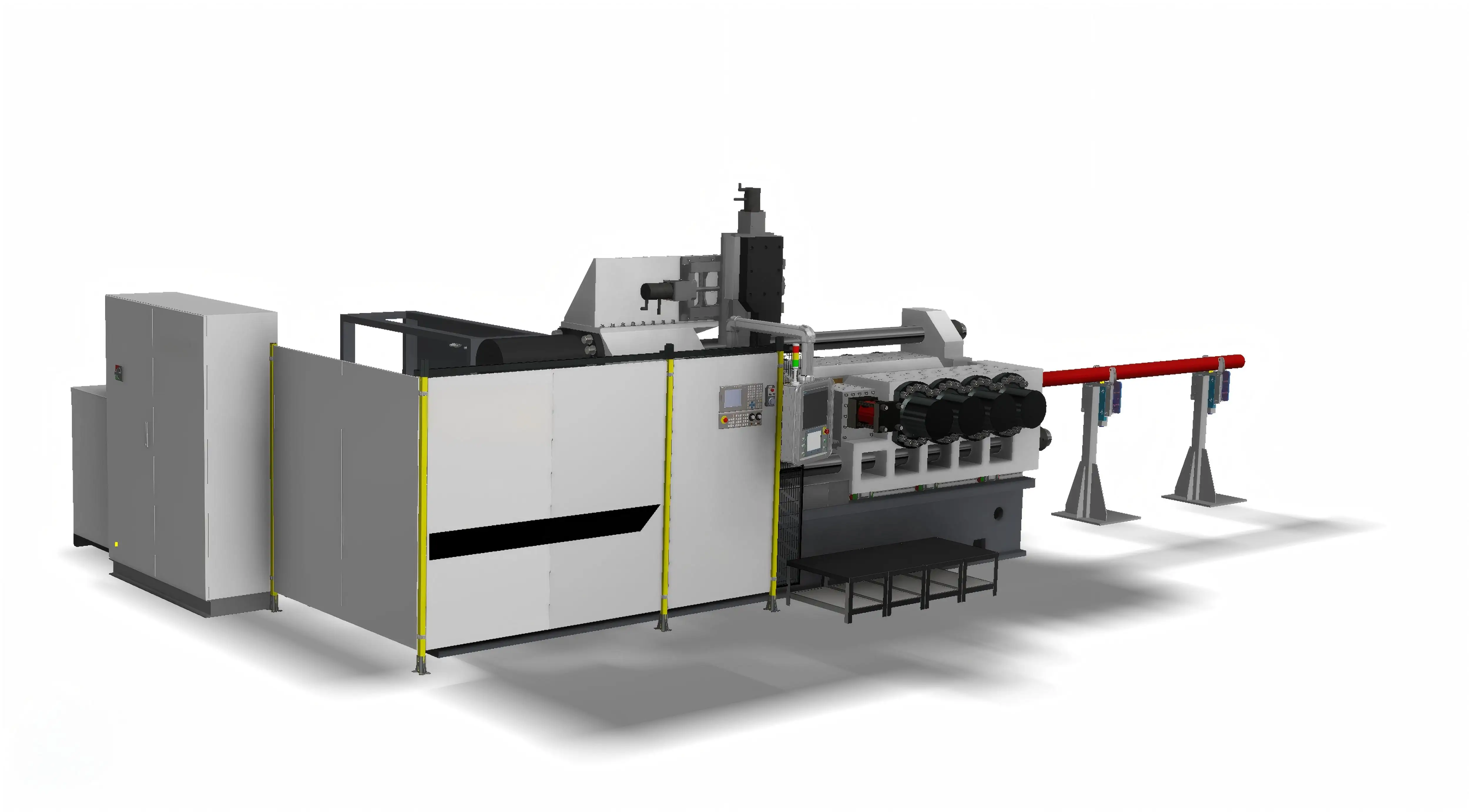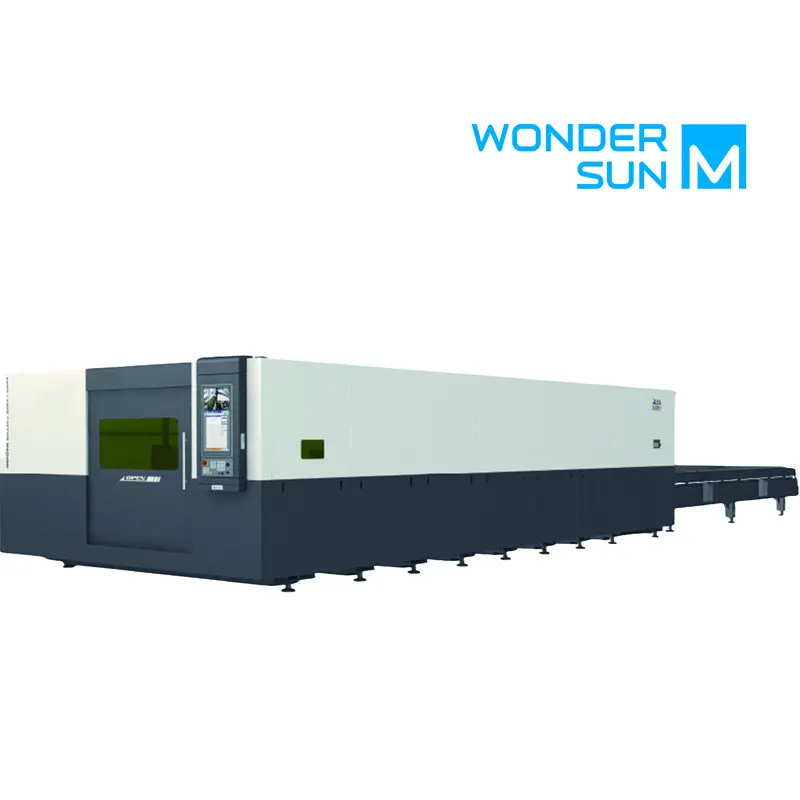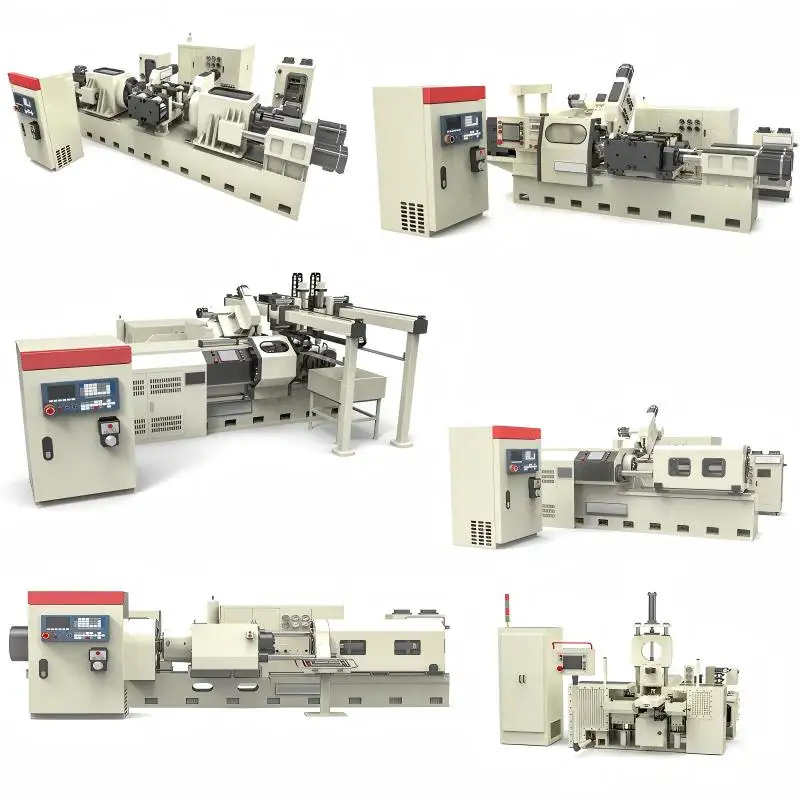The machinery is all constructed with the use of an electrode which consists of a brass wire with a diameter between 0.02 mm and 0.3 mm. The machine can erode conductors via sparking at a thickness tolerance of ±0.005mm and a surface finish of Ra ≤ 1.2μm. Additionally, it can contour portions with taper angles of up to 30°, thus enabling the attainment of intricate forms. This technology is applicable in mold fabrication, aerospace turbine blades, and medical stents. To sustain the stability of the spark gaps, deionized water and oil dielectric fluids are used, and automatic wire feeders minimize non-productive time during the EDM processes. The electrode works within the ISO 10791-7 sewing standards for EDM processes.


